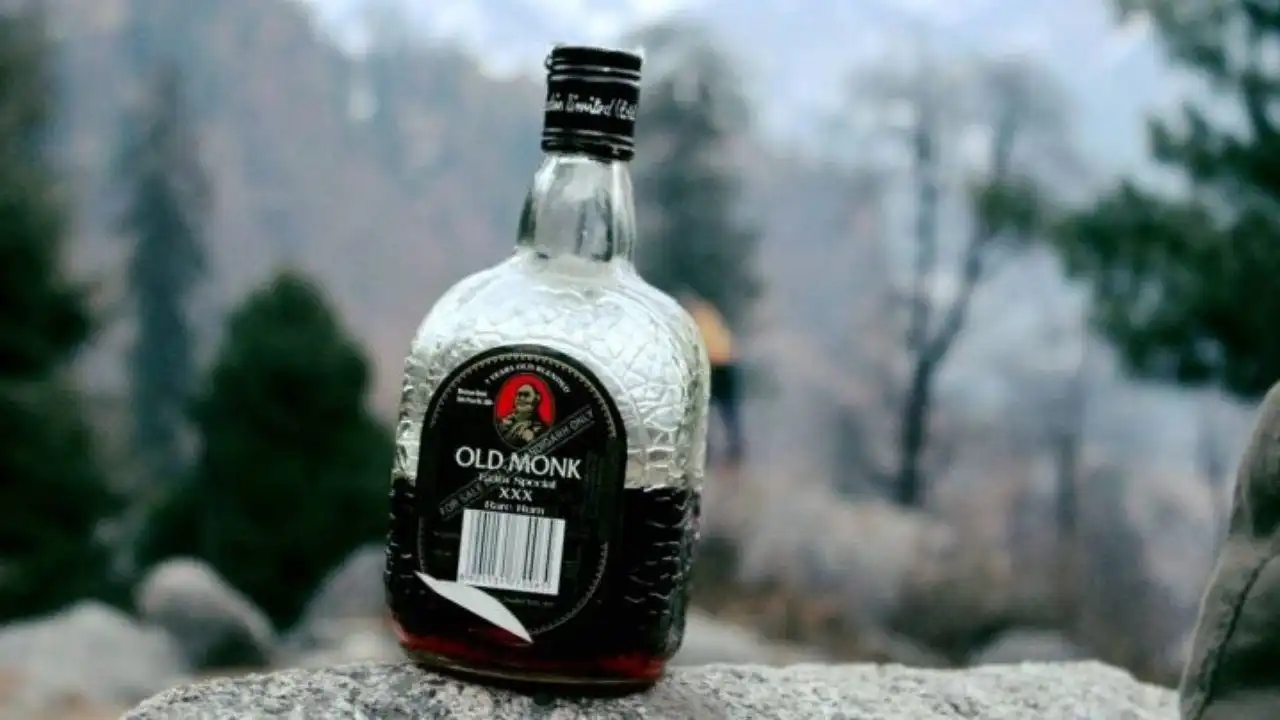Independence Day may be one of the driest days of the year, but its historical significance is mirrored in the story of one of India’s most iconic alcohols: Old Monk. This staple of college students and informal gatherings has a legacy intertwined with India’s freedom struggle and independence.
The tale of Old Monk begins in Kolkata in 1830 with John Dyer, a British officer in the East India Company’s Naval Service. His son, Edward Abraham Dyer, born and raised in Kolkata, returned to India in 1850 with ambitions of capitalizing on his roots. Dyer, along with his brother and family fortune, established a brewery in Kasauli, producing a popular beer called Lion. The success of Lion led to an expansion into ale and whisky, but the high demand soon strained local resources, prompting a move to Solan where water was more plentiful.
In Solan, Dyer continued to develop the business, eventually founding a second enterprise. The Kasauli and Solan breweries both thrived, with Solan No. 1 becoming a best-seller. By 1882, the company operated 12 breweries across India. However, the Dyer family’s fortunes took a dark turn in 1919 when Colonel Reginald Edward Harry Dyer, Edward’s son, led the brutal Jallianwala Bagh Massacre. While the massacre stained the family’s reputation, the Dyer enterprises continued to prosper, eventually becoming Dyer Meakin & Co. Ltd.
World War II and the Quit India movement impacted British-owned businesses, leading to their decline. As the British withdrew, Narendra Nath Mohan, an ex-employee, acquired the business in 1949. Inspired by the Benedictine monks of Europe and their expertise in fermentation and liqueur-making, Mohan sought to create a unique rum for the Indian market. In 1954, Mohan introduced a seven-year-aged rum with a secret spice blend, designed to appeal to Indian tastes. This rum, named Old Monk, quickly gained popularity and became a leading spirit in India.
Despite its success, Old Monk faced a challenge when Prime Minister Jawaharlal Nehru refused to visit the brewery due to its association with the Dyer name. In response, the Mohans rebranded the company as Mohan Meakin Breweries in 1966, and later as Mohan Meakin Ltd. in 1980. The name change cleared the way for continued growth.
Today, Old Monk remains a symbol of resilience and Indian spirit. Although its heyday has passed, the brand continues to innovate and stand as a testament to India’s unique alcoholic heritage. Had it not been for the historical events surrounding India’s independence, Old Monk might never have come into existence.







